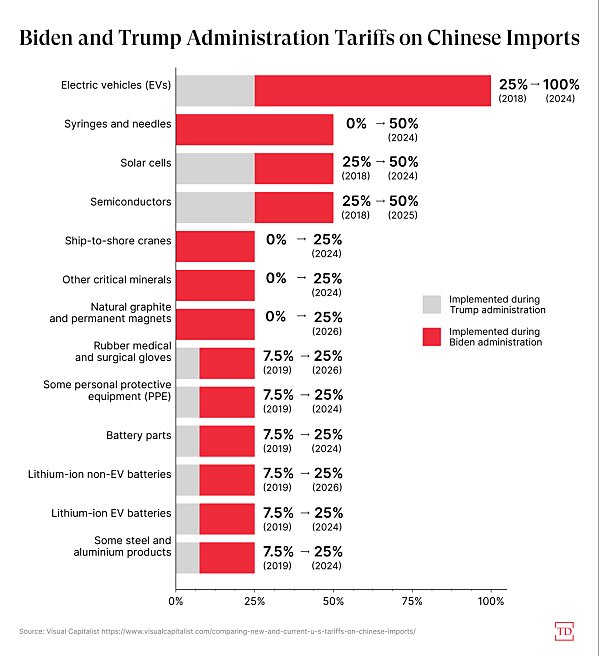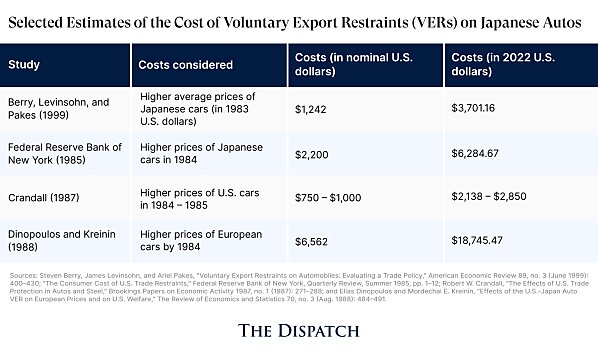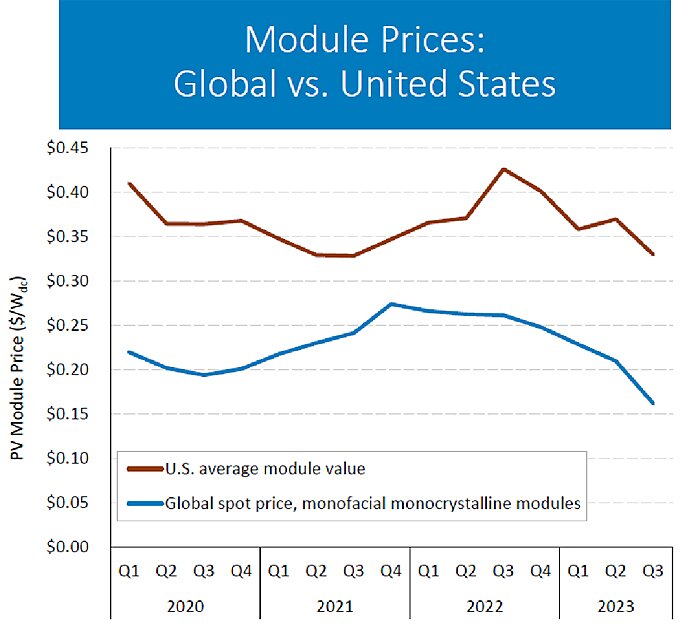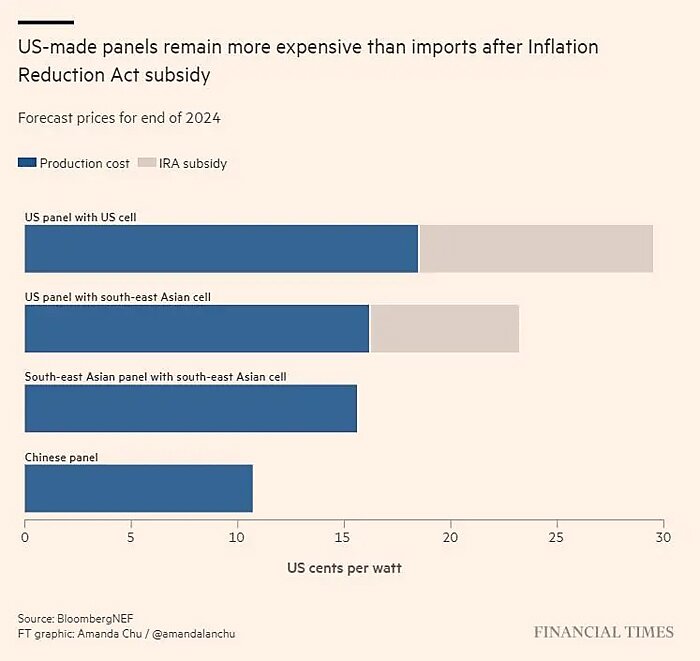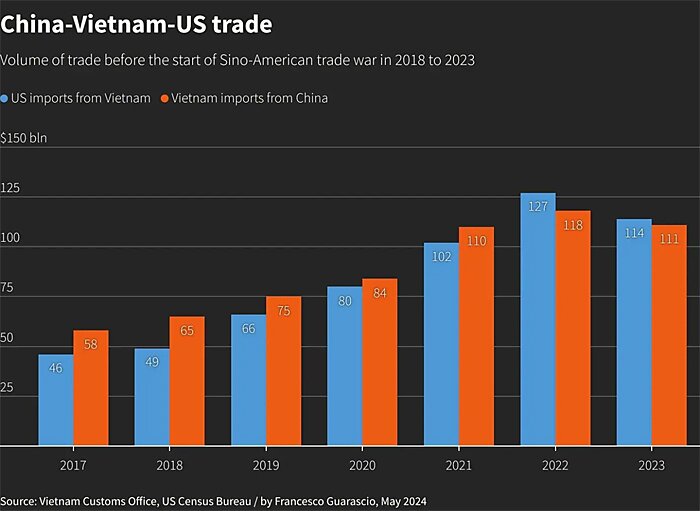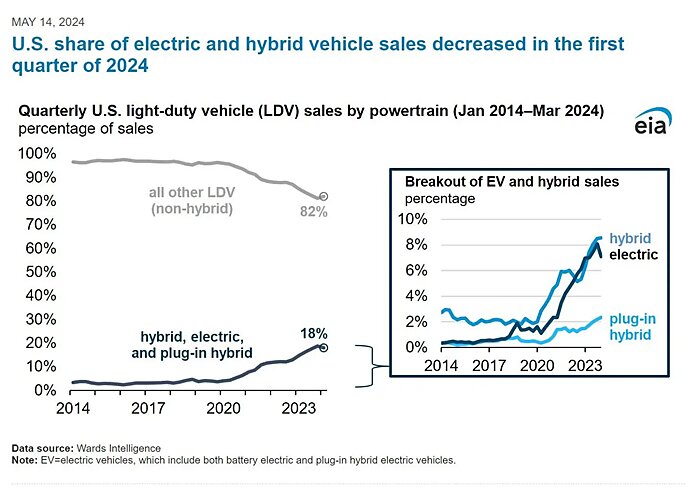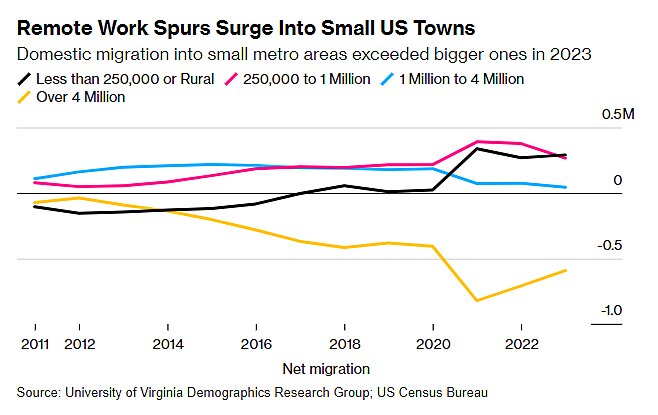Indeed, even though Reagan wisely disavowed the quotas in early 1985, the Japanese kept them around for another decade—a testament to the durability of protectionist policies once they’re in place.
And this was just the VERs’ seen economic costs. As economist Don Boudreaux explains, there were significant unseen economic harms that are difficult—if not impossible—to quantify: “Because the VERs caused Americans to pay higher prices for automobiles… which goods and services were, as a result, denied to American consumers? And which industries in America shrank, and which jobs in America were destroyed or not created, by whatever artificial diversion was effected by the VERs of resources into increased auto manufacturing in America?”
Maybe these economic costs would’ve been justified if the VERs had supercharged the U.S. auto industry and boosted UAW rolls, but they didn’t. For starters, the quotas funneled most of the additional dollars U.S. consumers were forced to spend on cars not to the Big 3 or the UAW or even the U.S. Treasury (as tariffs can), but to foreign automakers. One study estimates that 80 percent of the consumer cost from higher Japanese car prices wastransferred to Japanese carmakers (via what economists call “quota rents,” i.e., the extra profits exporters earned by selling now-more-expensive goods in the protected market). Established European automakers—and upstart Korean ones—also benefited from higher U.S. prices and more limited Japanese competition.
The quotas’ design—based on the number, not the value, of Japanese cars shipped—encouraged Japanese automakers to spend their quota rent cash on quality enhancements, marketing, and larger, more expensive models that further boosted their profits and competed more directly with the Big 3. (Japanese brands originally competed in a low-priced segment that the Big 3 mostly ignored, but Acura, Lexus, and Infiniti all got their start during the VER period.) Finally, the quotas encouraged and allowed Japanese automakers to operate in the United States as “legal” cartel, collectively deciding quota amounts and U.S. market share. (Someone alert Lina Khan!)
There’s also little evidence that the VERs put the U.S. auto industry onto a path of global competitiveness and financial sustainability. We now know that the Big 3 spent their protectionist windfall profits like protected industries so often do—unwisely. “Rather than investing more of their short run profits to quickly catch up with the Japanese,” Joshua Yount wrote in a 1993 paper, “auto executives purchased financial, aircraft, and computer companies, wrote books, headed monument restoration commissions, and gave themselves hefty bonuses for earning profits from a restrictive trade agreement.” The Washington Post provided a specific example in 1985: “General Motors Corp.’s well‐advertised Saturn project (a mere 200,000-car potential) will cost only $450 million, whereas GM spent five times that sum—$2.5 billion—to acquire Electronic Data Systems Corp., among other nonauto investments.” (Saturn is, of course, out of business today.)
To the extent that Detroit automakers did improve quality during the 1980s, they still badly lagged the Japanese throughout the 1980s and early 1990s. In fact, the quality gap between them and U.S. automakers actually widened by 1990 because the Japanese were also innovating in the 1980s, aided by all that quota rent cash. As a result, the Big 3 continued to experience falling sales and market share, layoffs, plant closures, and delayed investments while the quotas were in place.
There’s a reasonable argument to be made that the VERs didencourage Japanese automakers to invest more in the United States (though economists debate how much of that investment was really owed to the quotas). However, most of the new Japanese auto plants in the United States were non-union facilities located in “right to work” states—and thus came at the direct expense of the UAW workers and Rust Belt communities that the VERs were intended to bolster. As the Philly Fed explained in 1990:
